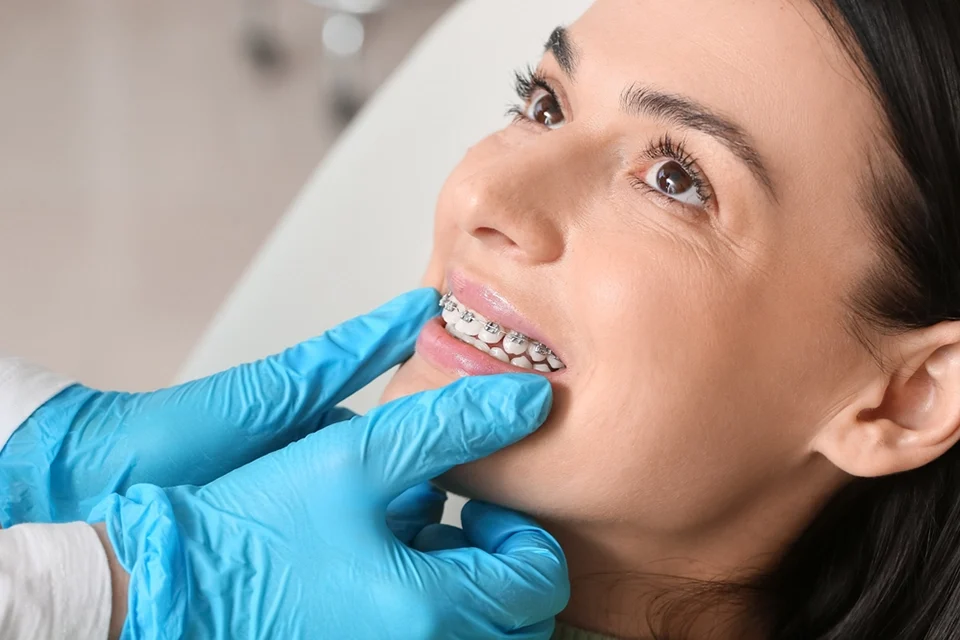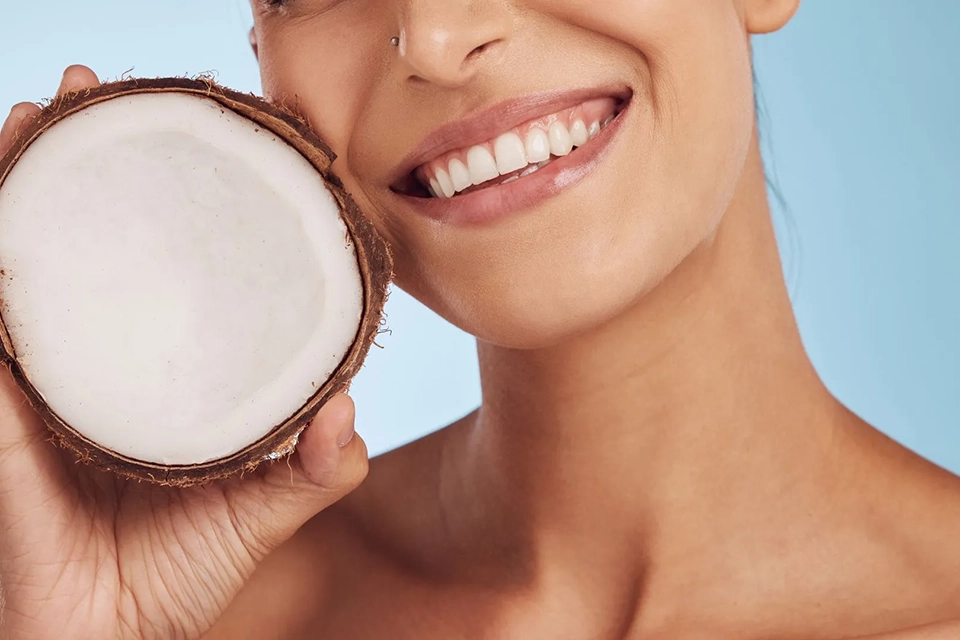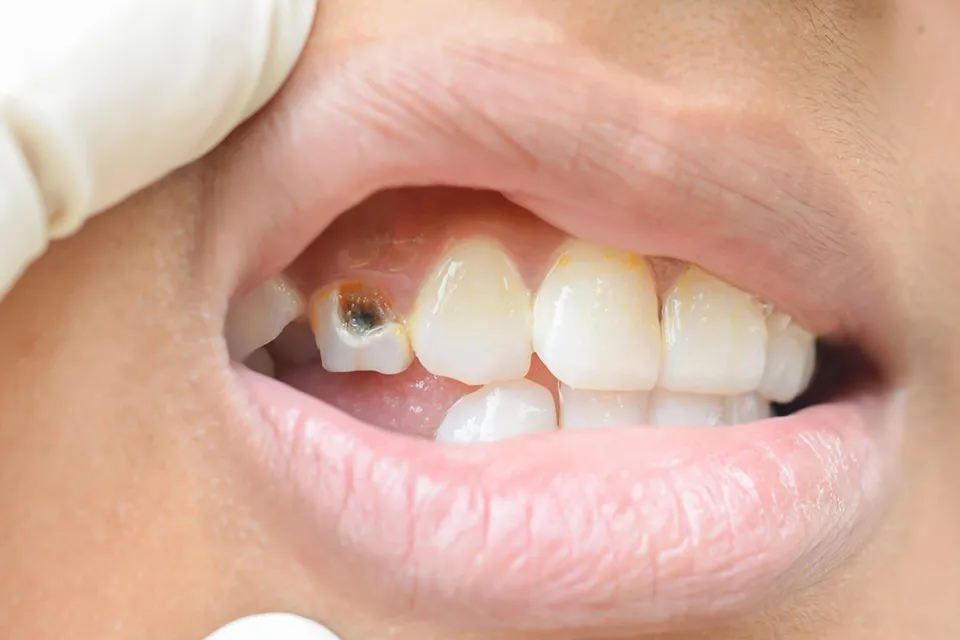An overbite, a frequent dental disorder in which the upper front teeth excessively overlap the lower front teeth, can cause dental problems if left untreated. Braces are a popular and successful treatment for overbites, providing functional and also aesthetically pleasing improvements. Furthermore, in this blog post, we delve into treating overbites with braces, the process involved, and the advantages of this orthodontic procedure.
Diagnosing an Overbite
A dental professional must conduct a comprehensive examination to diagnose an overbite. Moreover, the process usually includes:
- Dental Exams: A visual inspection of the teeth and bite to detect misalignments.
- X-rays: Imaging techniques used to evaluate the position of teeth and jaw structure.
- Impressions: Dentists use dental molds to create a precise model for detailed analysis.
Furthermore, orthodontists specialize in the diagnosis and treatment of dental and facial irregularities. In addition, they play an essential part in:
- Assessing the severity of the overbite.
- Creating a personalized treatment plan based on the patient’s unique needs.
- Monitor progress and also make the necessary adjustments during treatment.
How Do Braces Fix Overbites?
Initial Consultation and Treatment Planning
The process of correcting an overbite with braces begins with an initial consultation. During the appointment, the orthodontist will:
- Review the patient’s dental history and concerns.
- Conduct a thorough examination that includes x-rays and impressions.
- Create a personalized treatment plan specifying the braces type, duration, and expected results.
Application of Braces
The application of braces entails numerous steps:
- Cleaning and Preparation: The teeth are thoroughly cleaned and dried.
- Bracket Placement: The dentist bonds small brackets to the teeth with a special adhesive.
- Insertion of Archwires: Archwires are threaded through the brackets to apply pressure and guide teeth into position.
- Placement of Bands: The placement of bands around molars may be necessary to provide additional support.
Stages of Treatment
Alignment and Leveling: Initial Phase to Align Teeth
The initial phase focuses on aligning and leveling the teeth in preparation for more advanced adjustments. This stage includes the following:
- The gradual movement of the teeth to the desired position.
- Use lighter archwires to reduce discomfort.
Space Closure: Addressing Gaps and Spaces
The second phase addresses any gaps or spaces between teeth by:
- Using stronger archwires and other accessories such as power chains.
- Guaranteeing that teeth align to close spaces effectively.
Bite Correction: Adjusting the Bite to Correct the Overbite
The final phase focuses on correcting the bite, specifically the overbite. Moreover, this involves:
- Adjusting the teeth’s position and jaw alignment.
- Using elastics (rubber bands) to adjust the bite.
- Closely monitor progress to provide the best possible results.
Duration of Treatment
Treatment duration can vary depending on several factors, including:
- The severity of the overbite.
- Patient’s age and dental health.
- Type of braces used.
- Adherence to the orthodontist’s instructions.

Types of Braces for Overbite Correction
- Traditional Metal Braces: Most people choose metal braces because they are long-lasting and effective. Additionally, they consist of metal brackets and wires, which provide precise control over tooth movement.
- Ceramic Braces: While ceramic braces are similar to metal braces, they are less conspicuous due to the use of tooth-colored or transparent brackets. Moreover, they are a popular alternative for people seeking a more visually appealing solution.
- Lingual Braces: Lingual braces are attached to the back of the teeth, making them nearly unnoticeable from the front. They are equally effective as traditional braces but have a more subtle appearance.
- Clear Aligners (Invisalign): Clear aligners, like Invisalign, are removable trays that gradually move teeth into place. Also, they are a convenient and nearly invisible option for mild to moderate overbites.
Other Orthodontic Appliances
- Elastics (Rubber Bands): Dentists use elastics in conjunction with braces to adjust the bite and correct overbites. Moreover, they use more pressure to move the teeth and jaw into normal alignment.
- Headgear: Headgear is an external appliance that guides jaw growth and also corrects severe overbites. Also, it is usually worn for a set number of hours daily.
- Palatal Expanders: In order to improve the alignment of teeth, palatal expanders widen the upper jaw. In addition, dentists frequently use them on younger patients to treat issues early on.
- Retainers (Post-Treatment): Following the removal of braces, retainers are used to keep the teeth in their new position. Also, they prevent relapse and provide long-term benefits.
Expected Outcomes and Benefits
- Improved Bite and Alignment: Correcting overbite results in a properly aligned bite, which reduces the likelihood of dental problems.
- Enhanced Aesthetics: Straighter teeth and a balanced bite result in a more appealing smile.
- Long-Term Oral Health Benefits: Proper alignment promotes oral hygiene, reduces tooth wear, and also minimizes potential jaw problems.
Overbites: Frequently Asked Questions (FAQs)
How long does fixing an overbite with braces take?
Treatment time varies but typically ranges from 18 to 24 months.
Are braces painful?
Initial discomfort is common, but it usually subsides within a few days.
Can adults get braces to fix an overbite?
Yes, braces are effective for correcting overbites in adults.
If you have an overbite and want to explore the best orthodontic solutions, Zara Dental in Houston, Texas, is here to help. Furthermore, our skilled orthodontists provide tailored treatment plans based on the latest advancements in braces and orthodontic care. Don’t wait to achieve the beautiful, healthy smile you deserve!







